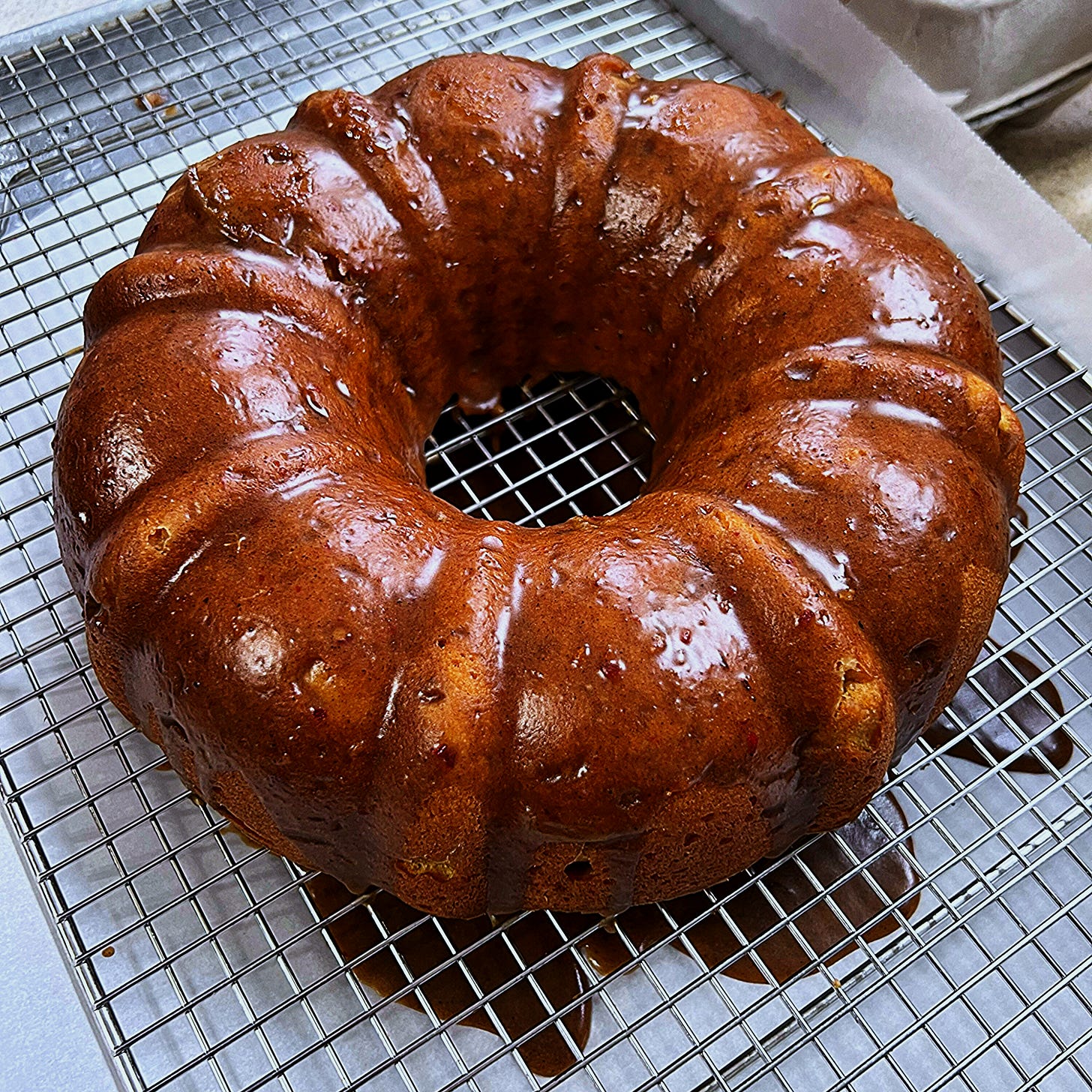Holistic Citrus Cake
Consistently connecting without crumbling
It’s crazy how much flavor gets tossed without a second thought. But once you’ve been fermenting for a bit, that second thought happens—and leads easily to creating super delicious ingredients from byproducts instead of composting them or throwing them out. This practice has been integrated into our cooking for several years at this point, and we’re her…



